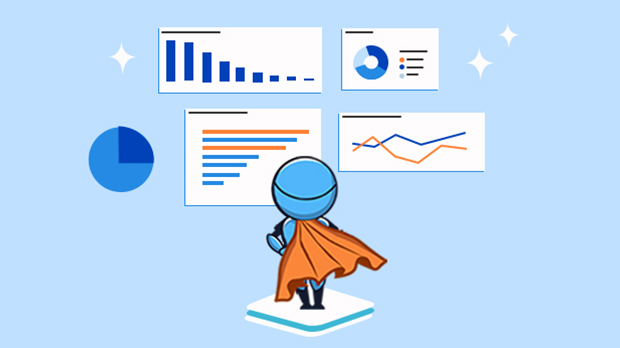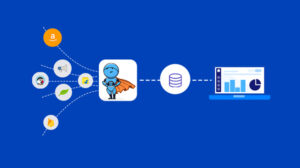In business decisions, Statistical Analysis plays a significant role in constructing the future of a company. A successful brand would always focus on the research to take its venture forward. Research about Sales, Marketing, Staff performance, Inventory, Customer behavior, or product review are the areas where companies desire to gain insight.
And this desire leads us to the usage of Statistical Analysis.
What is Statistical Analysis?
Statistical Analysis is a method where a company collects the data sample of a particular population (target buyers) with the help of surveys, polls, and experiments, analyzed using calculations like mean, median, and mode.
Managers present graphs, charts and tables to the company’s stakeholders and find a solution to their problems.
The Statistical Analysis helps to understand the changing trends and patterns and customers’ shifting focus to other similar products offered by competitors, besides numerous other areas.
Statistical Analysis Example

The bar graph analysis shows the comparison between sales numbers from various branches of a company in 2000 and 2001.

The pie chart shows the total percentage of sales of different types of cameras of a specific company.
Methods of Statistical Analysis
Statistical Analysis uses several methods for calculating to extract meaning from a set of data (numbers). And these methods are.
- Mean
- Standard Deviation
- Regression
- Sample size determination.
Types of Statistical Analysis
Statistical Analysis analyzes historical data, and past performances to provide a concrete prediction about a business. Enterprises use this research information to address a particular issue within the organization.
The following types of Statistical Analysis are:
- Descriptive Analysis
- Inferential Analysis
- Predictive Analysis
- Prescriptive Analysis
Descriptive Analysis
It uses a limited data set, generally a small group of population. The process of analysis is more straightforward. An entire data set represents the results. Therefore, due to its simple process, it is less likely to have analytical errors. Descriptive Analysis organizes data, summarizes it, and describes the data in a more readable format.
Inferential Analysis
Descriptive Analysis shows its limitation when we want to analyze a large group of data. Hence, Inferential Analysis picks a small group of data from a more extensive set. It provides an almost accurate result which also applies to a more comprehensive collection of data. So, it helps to solve complex mathematical calculations. A small group of data of a more significant subset shows the changing patterns and trends.
Predictive Analysis
It predicts the future of a business. Note that it just predicts a probable outcome, and the actual result can vary. Predictive Analysis utilizes business intelligence in machine learning and statistic algorithms to predict various trends and patterns. Therefore, the primary users of the predictive analysis model are:
- Those companies that provide financial services,
- The service providers,
- The advertising companies,
- And the insurance companies.
Prescriptive Analysis
It is a step ahead of Predictive Analysis. It provides a possible solution to various challenges that the company might face if it goes with a specific business decision. Government sectors, utility companies and various energy sectors mainly use Predictive Analysis. It helps utility companies gain insight into oil and gas changing prices. Both the Prescriptive and Predictive Analysis forecasts possible outcomes and allows companies to develop a robust marketing plan to grow their business.
Several other types of Statistical Analysis also help businesses to gain insight into changing patterns and trends.
Conclusion
Statistical Analysis helps collect, organize, and analyze data to predict a business result or an outcome. Businesses use Statistical Analysis in marketing, setting prices of products, understanding customer behavior, studying staff performance, and gaining insight from various business patterns and trends. Thus, using the historical data and past performance records of the staff and sales, Statistical Analysis forecasts a company’s performance in the future. This analysis can guide companies to improve their performance to grow and maintain their business in the long run.
Statistical Analysis use methods like Mean, Standard deviation, Regression, and Sample size determination to calculate the data. It uses various types of Analysis like Descriptive, Inferential, Predictive and Prescriptive, to understand and analyze the data and process it into valuable information (in a more straightforward form of charts, graphs, and tables). The managers present analysis results to the stakeholders of a company. And so, this method gives a boost to the overall functioning of an enterprise.
Statistical analysis is an integral part of Data analytics. It can enhance the performance of your company with its logistics. Hence, take the step to take your business to the next level. Contact Us Now!













